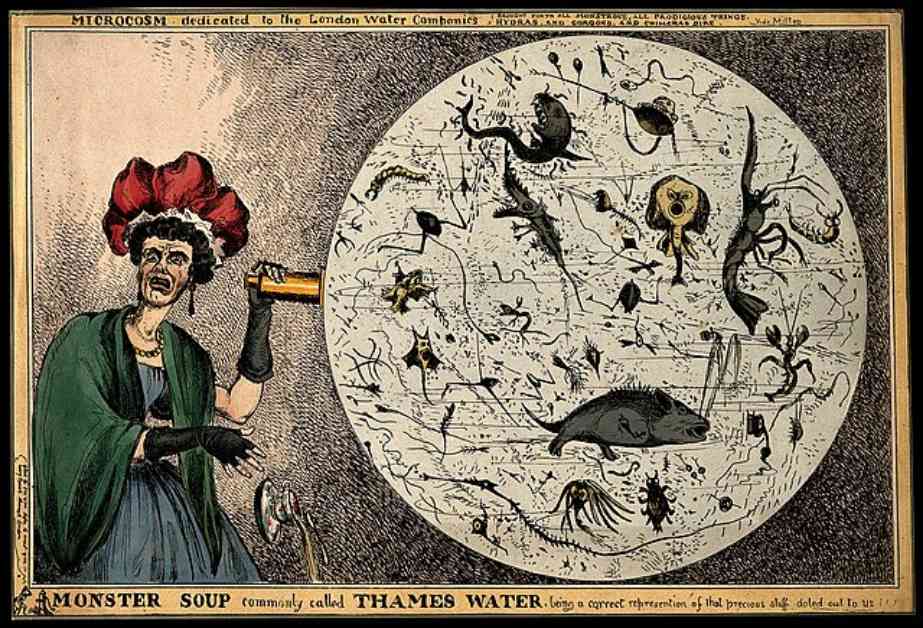Early germ theorists can teach us a lot about how people perceive climate change today. Both debates involve unseen threats and economic interests. In the 19th century, people had a hard time believing in microbes because they couldn’t see them. Similarly, climate change is hard to see without technical charts, even though we can feel the effects of weather. The economic interests of industries can make it challenging to implement scientific recommendations. For example, reducing carbon-based fuels can threaten profits and livelihoods. However, beliefs and interests don’t have to align for people to benefit from solutions. In the 19th century, surgeons who denied germ theory still adopted antiseptic techniques because they saw the practical benefits. Similarly, different groups can work together to address climate change, even if their beliefs differ. Changing behaviors is more important than changing beliefs when it comes to preventing infection or addressing global warming. Environmentalists with differing beliefs can still support renewable energy for economic or environmental reasons. By finding common ground and prioritizing practical solutions, people can make a significant impact on global issues like climate change.






